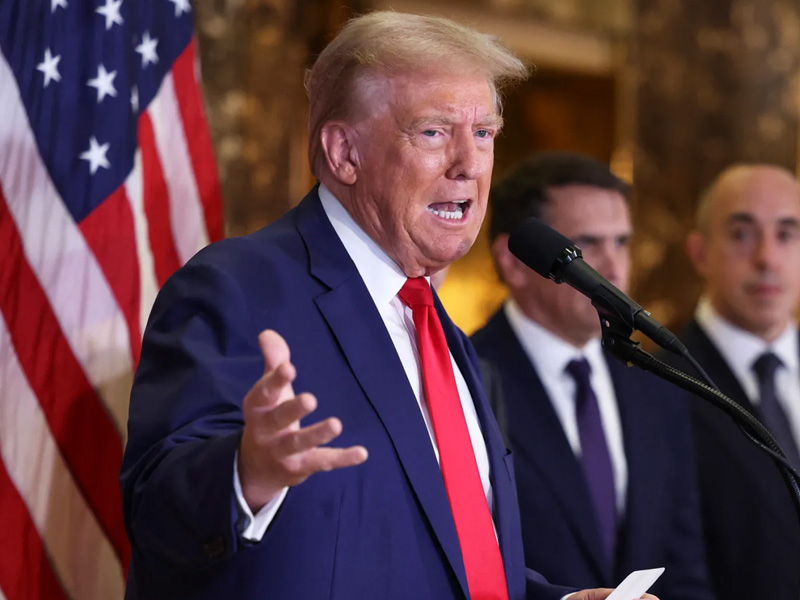
The Trump administration has begun laying off thousands of federal employees as part of a sweeping cost-cutting effort tied to the ongoing government shutdown, marking one of the most aggressive workforce reductions in US history.
Announcing the move on Friday morning, White House Office of Management and Budget (OMB) Director Russell Vought posted on X that “the RIFs have begun,” referring to “reductions in force,” a formal process for permanent government layoffs. His office later confirmed the cuts were “substantial.”
“The President, through OMB, has determined that agencies should operate more efficiently and has directed them to consider steps to optimize their workforces in light of the ongoing lapse in appropriations,” government lawyers said in a court filing opposing an injunction.
According to filings released late Friday, seven agencies have already started issuing layoff notices affecting more than 4,000 federal employees. Roughly 1,446 Treasury Department workers and up to 1,200 Health and Human Services employees are among those being notified. Additional cuts were reported across the Departments of Education, Housing and Urban Development, Commerce, Energy, and Homeland Security, while 20 to 30 Environmental Protection Agency staff received preliminary “intent to RIF” notices.
In a statement, AFGE President Everett Kelley condemned the layoffs as unlawful and politically motivated.
“It is disgraceful that the Trump administration has used the government shutdown as an excuse to illegally fire thousands of workers who provide critical services to communities across the country,” Kelley said.
The American Federation of Government Employees (AFGE) and AFL-CIO immediately filed an emergency motion in federal court in Northern California, seeking to block the layoffs. The unions argue that terminating employees during a funding lapse violates federal labor laws and long-standing precedent.
Government lawyers countered that halting the cuts would “irreparably harm the government”, asserting that agencies must retain discretion over their internal operations.
The reductions in force mark an unprecedented escalation in the ten-day-old shutdown, which began after Congress failed to pass a funding bill. Traditionally, furloughed federal workers are reinstated with back pay once a shutdown ends, but administration officials have suggested this time may be different.
Republicans have defended the layoffs as necessary belt-tightening.
“They held off for 10 days,” said Senator John Thune, a Republican. “At some point they were going to have to make these decisions and prioritize where they’re going to spend money when the government is shut down.”
Democrats, however, accused the White House of weaponising the shutdown to advance its long-standing goal of shrinking the federal bureaucracy.
Senate Minority Leader Chuck Schumer denounced the move as “deliberate chaos”, saying President Trump was punishing civil servants to force policy concessions.
The cuts are part of a broader strategy led by Vought and the Department of Government Efficiency (DOGE), a White House initiative initially headed by Elon Musk. Since Trump’s return to office in January, the federal workforce has reportedly shrunk by nearly 200,000 employees, according to the Partnership for Public Service.
Career placement firm Challenger, Gray & Christmas estimated that the government sector announced nearly 300,000 job cuts this year alone, with the vast majority coming from federal agencies.
The current shutdown, affecting about 40% of the federal workforce roughly 750,000 people, has intensified partisan clashes over spending priorities. Democrats have refused to approve a Republican funding plan that omits extensions for key health-care tax credits and reversals of Medicaid cuts, while Republicans blame Democrats for “holding the government hostage.”
With layoffs accelerating and no budget deal in sight, the crisis has left federal workers both “essential” and furloughed facing uncertainty over pay, benefits, and future employment.
Erizia Rubyjeana



